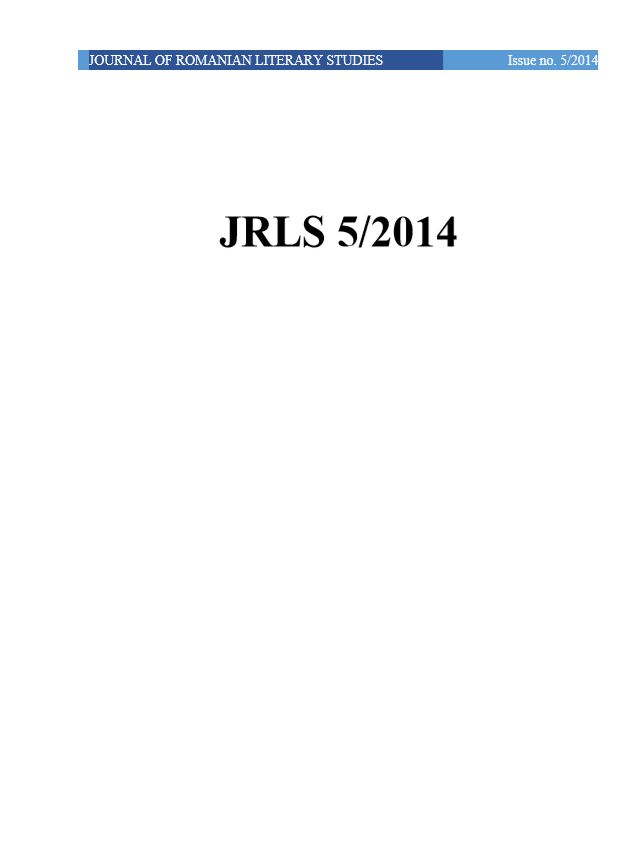CAMIL PETRESCU THE HUXLEYAN
CAMIL PETRESCU THE HUXLEYAN
Author(s): Alexandru-Ionuț MicuSubject(s): Language and Literature Studies, Literary Texts
Published by: Editura Arhipelag XXI
Keywords: reality vs.illusion; self-consciousness; intellectuals in the world of ideas; tragic destiny; novel of ideas
Summary/Abstract: History writes itself. For one to check the truth of these words, it is quite sufficient if he/she looks around or if he/she tries to remember the latest achievement or disaster anywhere on the Globe. Since one moves on, any disaster ought to be overcome and achievements in any domain welcomed. Literature grants moments of success simply due to its endless changing and to its resemblance with life; therefore, it’s foreshadowing. In terms of theories and accomplishments, the twentieth century was fruitful; Freud’s theory on the psyche and Carl Jung’s conception about memory were found impressive by writers. They enriched the psychological novel with “levels of connotative expression”1 and with a greater “depth of treatment and significance.”2 As a result, Aldous Huxley’s thorough analysis of his characters’ thoughts and of their incursions into their past caught my eye. What determined me to read Huxley further was “Point Counter Point”; in the setting, a multitude of characters give shape to a society who has lost all of its values. Types dealt with satirically, disgust and desperation constituted the basis of Huxley’s earlier works of prose. Still, it is in “Point Counter Point” that he caricatures efficiently, destroying the idols of that time. Both authors have their characters confronted with doubts and fears, their dramatic levels varying. Forever surrounded by a firmament of ideas and thoughts, these personas firmly believe in their destiny. This way, regardless of the hardships, they pursue further in attaining their scopes. In Romanian literature Huxley was an inspiration especially for writers Camil Petrescu and Mircea Eliade. The latter had the same spiritual affinities as Huxley; both had an Indian experience and were interested in religion. Eliade incorporated Huxleyan patterns of thought in “Huliganii” (“The Hooligans”); the British author’s formal solutions also influenced Eliade. World War I had given birth to a generation that used hedonistic lifestyle and excessive individualism to hide its fear and uncertainty. Characters in both “Point Counter Point” and “The Hooligans” act as such; the technique of juxtaposition is present in each of the two works and builds parallel situations that intersperse at one point. The tragic parts in “Point Counter Point” are the death of a child, a suicide and a murder while in “The Hooligans” they are a theft, a rape and a suicide. In other words, such events are part of life; if they were preceded/succeeded by ironic or grotesque elements then they resemble reality. Camil Petrescu took the model of the intellectual from Huxley’s works; this persona is continuously dissatisfied with whatever he acquires and it is new; that’s because he is always searching for something that keeps him thrilled but once he has it, it is not long before he is bored with it; take for example Walter Bidlake, Phillip Quarles (“Point Counter Point”)or Ștefan Gheorghidiu (“Ultima noapte de dragoste, întâia noapte de război”) and Gelu Ruscanu (“Jocul ielelor”). The huxleyan characters are willing to fight for their identity or accept a compromise while Camil Petrescu’s die for their truth and ideals.
Journal: Journal of Romanian Literary Studies
- Issue Year: 2014
- Issue No: 05
- Page Range: 434-439
- Page Count: 6
- Language: English

